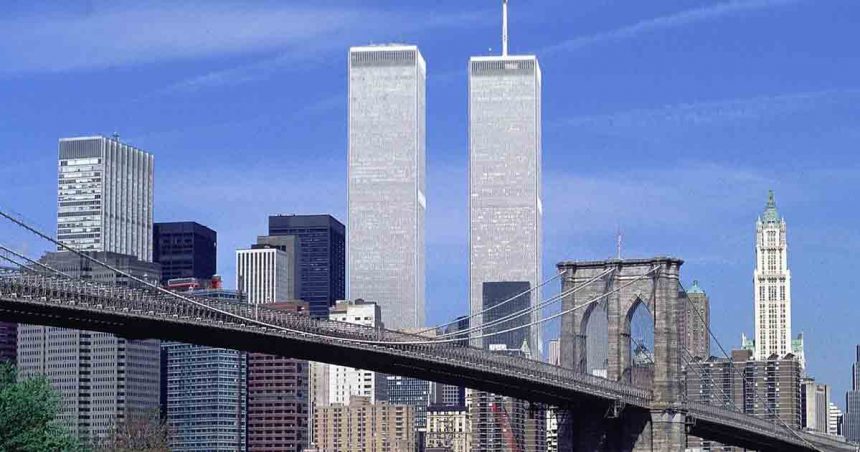The original World Trade Center towers were iconic for both their architectural innovation and tragic destruction in the 9/11 attacks. Here are nine little-known facts about these structures that continue to fascinate people today.
- The Architect Had a Unique Vision
The Twin Towers were designed by Japanese-American architect Minoru Yamasaki, who aimed to make modernism more human-centered. Yamasaki envisioned the World Trade Center as a symbol of global harmony through trade. - Not Identical After All
Despite their similar appearance, the North and South Towers were not exactly the same. The North Tower was six feet taller than the South Tower. - Philippe Petit’s Famous High-Wire Walk
In 1974, French tightrope walker Philippe Petit stunned the world by walking between the Twin Towers on a high wire, solidifying the towers’ place in pop culture and history. - Surviving Multiple Threats
Before their destruction in the 9/11 attacks, the Twin Towers had faced other disasters, including a massive fire in 1975 and a truck bomb detonation in 1993. - George Willig’s “Human Fly” Climb
In 1977, stuntman George Willig climbed the South Tower from the outside, attracting a large crowd of onlookers. - Pioneering Tube Design for Open Spaces
The Twin Towers employed a revolutionary structural design, allowing for open, column-free floors. - Costly Construction Beyond Initial Estimates
The World Trade Center project was expected to cost around $350 million, but the final construction bill reached $900 million. - A Restaurant with a View
The North Tower was home to the famous “Windows on the World” restaurant, offering breathtaking views of the Manhattan skyline. - Controversy Surrounding Their Construction
Critics argued that the massive buildings could be dangerous or out of place.
Even after their destruction, the original World Trade Center towers remain a significant part of both New York’s skyline and its history.






